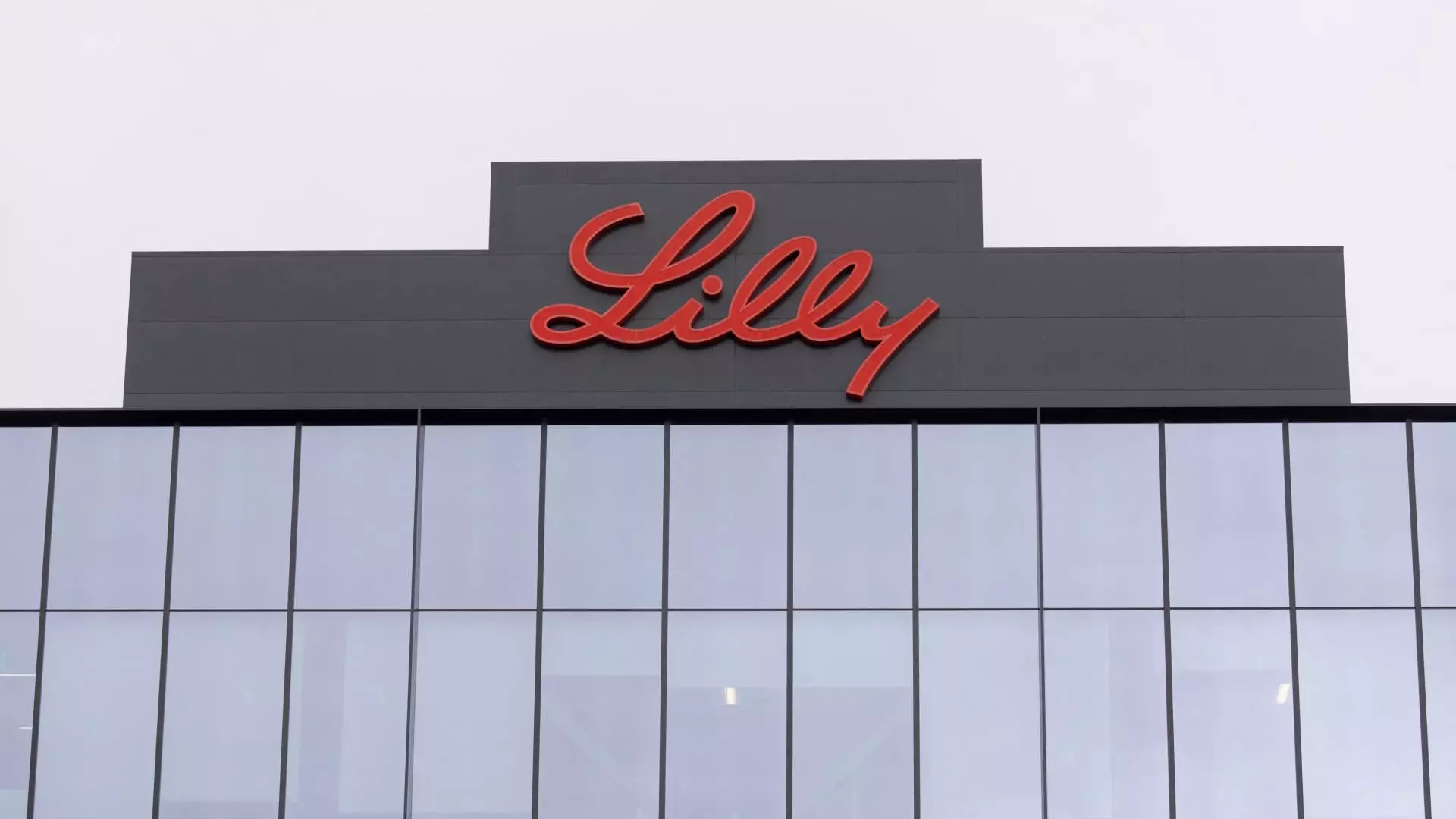Eli Lilly, the pharmaceutical giant known for its innovative treatments and therapies, recently released its Q3 earnings report that has sent ripples through the market, driving its stock down significantly. The report revealed a stark shortfall in both profit and revenue expectations, primarily attributed to underwhelming sales of its prominent weight loss drug, Zepbound, and the diabetes treatment, Mounjaro. This article will delve into the company’s performance, the factors contributing to its downgraded outlook, and the broader implications for the pharmaceutical industry.
In the third quarter, Eli Lilly recorded earnings that fell short of analysts’ expectations, posting an adjusted earnings per share (EPS) of $1.18 compared to the anticipated $1.47. Moreover, the company generated revenue of $11.44 billion, also below the expected $12.11 billion. These disappointing results prompted a drastic revision of its full-year adjusted earnings guidance, projecting a range between $13.02 and $13.52 per share, down from a previous forecast of $16.10 to $16.60.
The financial downturn is compounded by the fact that Eli Lilly had to account for a $2.8 billion charge connected to its acquisition of Morphic Holding, a move that was likely intended to bolster its portfolio with bowel disease drugs. This charge significantly contributed to the decline in net income, which was reported at $970.3 million, or $1.07 per share, contrasting sharply with a net loss of $57.4 million in the same quarter of the previous year.
Struggling Drug Sales
The disappointing sales figures can largely be traced to the company’s flagship products, Zepbound and Mounjaro. Zepbound, which had only recently been approved by regulators, brought in sales of $1.26 billion but fell considerably short of the $1.76 billion that analysts had anticipated. Similarly, while Mounjaro saw revenue increase to $3.11 billion—more than double from a year ago—it too didn’t meet the market’s expectations of $3.77 billion. Such discrepancies illustrate a potentially alarming trend in demand versus supply dynamics in the U.S.
While demand for these incretin drugs has remained robust, supply issues have undermined Eli Lilly’s sales performance. The company has reported that inventory issues among wholesalers negatively influenced sales, highlighting inefficiencies in distribution channels that need immediate address. CEO David Ricks has emphasized that these sales challenges were not a matter of supply shortages, but rather due to logistical difficulties that have hindered the flow of products to the market.
Eli Lilly finds itself in a competitive landscape, especially with rivals like Novo Nordisk experiencing similar market pressures. On the day of Eli Lilly’s disappointing report, shares of Novo Nordisk dropped over 3%, indicating a broader market apprehension regarding the incretin drug market. Both companies are grappling with increasing manufacturing costs and the pressures of expanding capacity to meet demand. Eli Lilly has mentioned plans to ramp up production by 50% in the latter half of 2024, a strategy that signals recognition of the urgent need to stabilize supply chains.
The FDA’s recent decision to remove tirzepatide—the active ingredient in both Zepbound and Mounjaro—from its shortage list complicates the landscape further. Compounding pharmacies are vying for a piece of the market by offering customized alternatives to Eli Lilly’s drugs, which poses a challenge to the pricing and market share of the company’s flagship products. The backlash from these compounding pharmacies showcases a growing tension in the pharmaceutical field, highlighting the importance of regulatory decisions in shaping market dynamics.
Despite the setbacks, Eli Lilly is preparing for a strategic pivot. The company plans to initiate advertising and promotional efforts for Zepbound in November, with hopes of reinvigorating interest in its products. The goal is for these efforts, combined with increasing production capacity and overcoming supply challenges, to restore Eli Lilly’s standing in the marketplace.
While Eli Lilly’s recent quarterly performance raises several red flags—including falling short of both profit and revenue expectations—the company’s proactive measures and its focus on enhancing manufacturing capabilities give it a fighting chance to recover. How it navigates the increased competition and the challenges posed by compounding pharmacies will determine its trajectory in the coming quarters. As the pharmaceutical landscape evolves, Eli Lilly’s ability to adapt to these changes will be critical in maintaining its foothold in the market.

